How to Make Potting Soil for Japanese Maple Trees: 4 Step Guide
-
- Last updated:
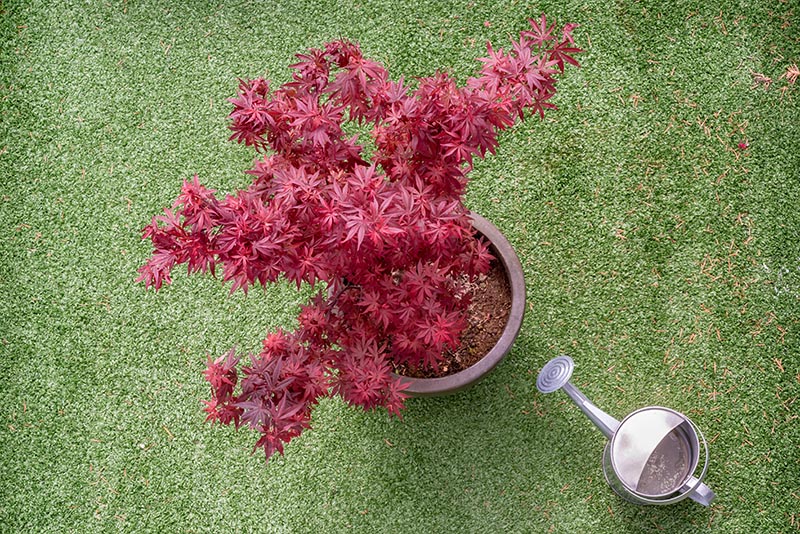
The Japanese maple is a beautiful and versatile plant species used in landscaping. This plant comes in different sizes, textures, shapes, and colors that can promote the visual appeal of your environment.
For this plant to thrive, it needs a healthy root system. The potting mix used to grow Japanese maple is the foundation for a robust root system that will help it grow healthy. The ideal potting soil should have peat moss, leaves, grass clippings, bark mulch fines, organic compost, and sand.
In this article, we will discuss what makes a good potting mix for Japanese maples. We will also highlight different soil mix recipes to help you grow beautiful and healthy Japanese maple trees in your yard. Read on to learn more.

What Is the Ideal Soil Mix for Japanese Maple Trees?
You can plant Japanese maple anywhere in your home if you prefer container gardening. The plant also grows on porches, balconies, courtyards, or even patio decks if you grow them in a pot.
Healthy and strong trees start with a healthy root system. By growing your Japanese maple in healthy soil that is well draining, the roots will spread out and establish, thus making your tree healthier. The healthier a Japanese maple starts its life cycle, the better it will do when growing in a container or in your yard.
There are different types of soil ideal for growing Japanese maple trees, each with different benefits and drawbacks. Here are the main requirements of a good Japanese maple potting mix.
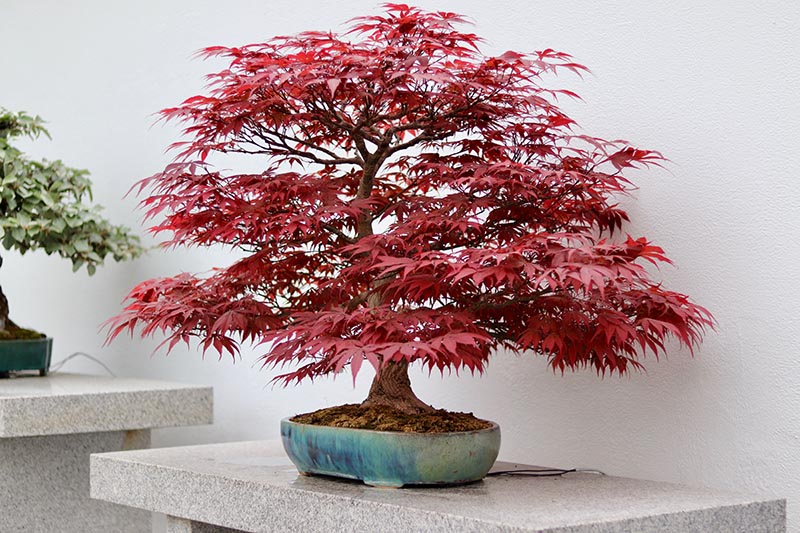
Drainage
Japanese maples prefer moist but not soggy soils. Constantly wet soils are likely to promote root rot, which is the number one killer of Japanese maples growing on the ground and in containers. Therefore, ensure that your potting mix can evenly hold water in the container. It should also not be too compact to prevent good drainage.
Nutrient Retention
Besides having a good organic mixture, the potting soil should be able to retain nutrients. This way, the roots will have an easier time absorbing them and distributing them to the rest of the tree.
Provide Support for the Roots
A good potting soil for Japanese maples should facilitate the development of a robust root system. Japanese maples tend to be very heavy and bulky. Thus, they need a deep root system to help absorb moisture and nutrients from deep in the ground. A strong root system will translate into a stronger and sturdier tree that can handle windy conditions.

The 4 Steps to Making Potting Soil for Japanese Maple Trees
As you may have gathered, Japanese maples need potting mixes specifically made for the tree for it to thrive. Fortunately, these potting mixes can be found in garden centers and tree nurseries. With a few keystrokes on a search engine, you can also order some from online marketing platforms like Amazon.
However, you can opt to make your own potting mix at home using DIY recipes. These recipes allow you to experiment with different materials to come up with that perfect blend for your Japanese maples. These recipes can be complicated, utilizing several materials, while some are simple and rely on things you can easily find at home.
1. Get 3-Parts Quality Potting Soil
Potting soil is a holding component that binds everything in the mixture together. It can be made from coconut coir or a potting/clay mix. This soil mix also allows easier mixing of water and air. For Japanese maples, you need to use high-quality potting soil1, not the low-grade varieties commonly sold in Box stores.
Brands like E. B. Stone Edna produce high-quality and well-draining potting soil that is ideal for this specific recipe. High-quality potting soil is readily available in garden centers and top-rated nurseries. This potting soil will likely cost you about $4 per $ 20-quart bag.
2. Use 1-Part Pumice
Gardeners prefer adding pumice to their Japanese maple potting mix because it is a great soil conditioner. This is due to the fact that it is highly porous and features excellent air, water, and nutrient retention capabilities. This material is lightweight and does not compact or decompose over time, and this allows gardeners to reuse or recycle it if need be.
Agricultural grade pumice can be purchased from local feed stores and is sold as a product known as Dry Stall. The Dry Stall features fine particles about 1/8” in length. Experts recommend washing the product before using it to remove the extremely fine particles. In case pumice is unavailable in your area, perlite can also work as a substitute.
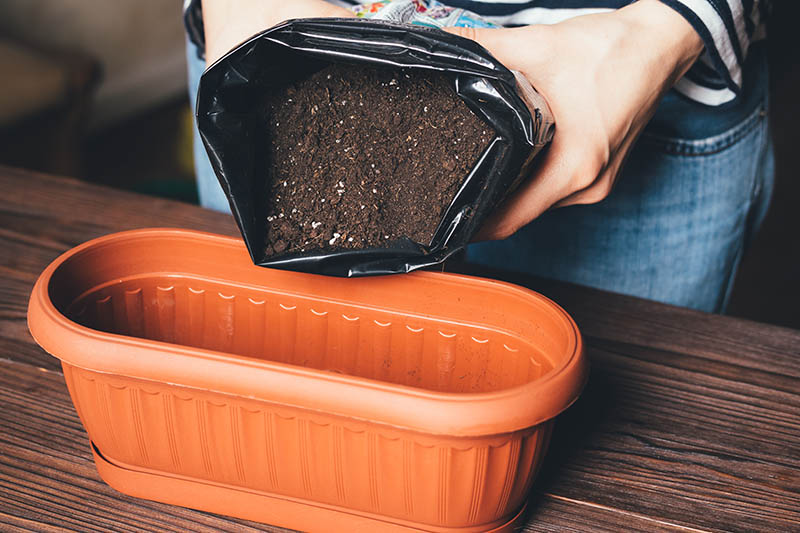
3. Mix 2-Parts Pine or Fir Bark
Tiny bark or small orchid bark chips have an acidic PH value that will help neutralize alkaline soil. The chips will also help the potting mix retain nutrients and improve the overall drainage for an extended period.
Organic components like fir bark and sphagnum moss help create an environment that is conducive enough for the healthy development of the root. They also help provide a structure to support inorganic components.
4. Add Fertilizer
As earlier mentioned, Japanese maples do not require a lot of fertilizer to grow. However, you can add slow-release fertilizers to the soil mix following the instructions on the packaging. Osmocote fertilizer is the most suitable brand for maple trees.
After gathering the ingredients, you can make the mixture in a measuring cup, a bucket, a coffee can or any other container available. Your choice, however, will depend on the amount of potting mix desired and the size of the potting container.
Then proceed to layer the soil at the bottom of the potting container. Start by adding a layer of gravel to improve the drainage. Then, alternate the organic and inorganic components and finally finish up with a holding component at the top. Remember to leave enough root space at the top of your container.
To make suitable potting soil for these bonsai tree varieties, ensure that the mixture is made up of organic, inorganic, and holding components. Organic components like fir bark will promote healthy root development of the maple tree. Inorganic additions like pumice will improve the potting mixes’ ability to retain water, and nutrients and improve soil aeration. The holding components like the high-quality potting mix will help hold the mixture together.
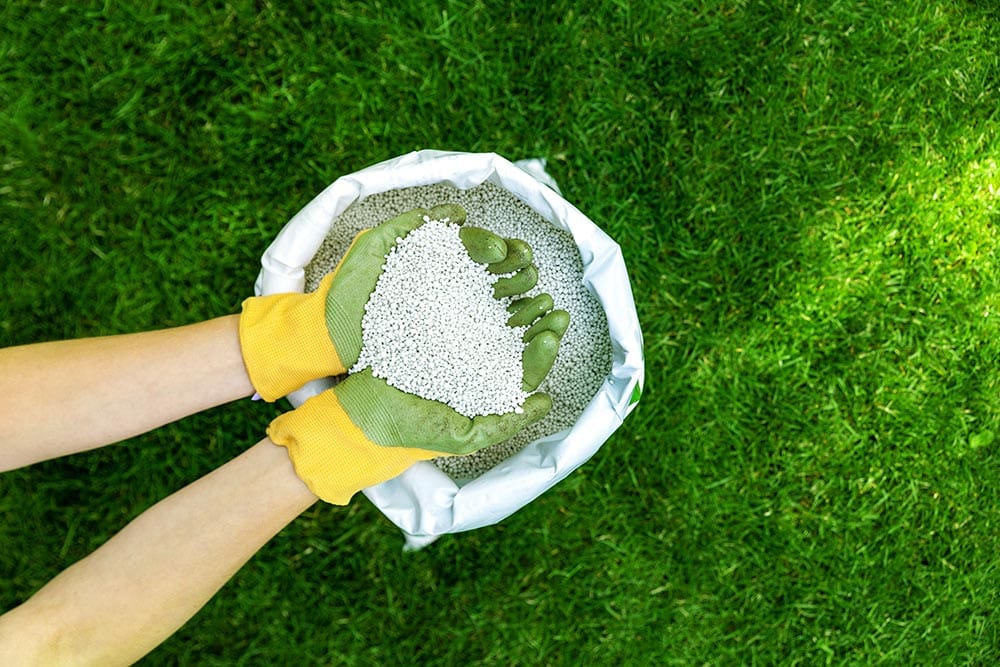

Unsuitable Soils and Potting Mixes for Japanese Maples
You might be tempted to use the normal garden soil to grow your Japanese maple trees, but this is not recommended. Native soil from your home garden could have soil diseases and pests. The soil could also have tiny soil particles such as clay, which can get compacted and significantly affect the ability of the soil to drain water efficiently.
Garden soils also tend to be heavier, which adds to the plant’s overall weight. Commercially sold topsoil mixes with fertilizer additions and bagged planters are also not suitable for Japanese maples. Since these types of mixes are mass-produced for general gardening needs, they may lack the correct nutrient percentage required by maple trees to thrive.
Soils and potting mixes with cow and chicken manures are also not great for Japanese maples. They contain a lot of nitrogen content that can burn the roots of the plant. These trees do not require frequent fertilization. It is best to add nutrients when only needed.
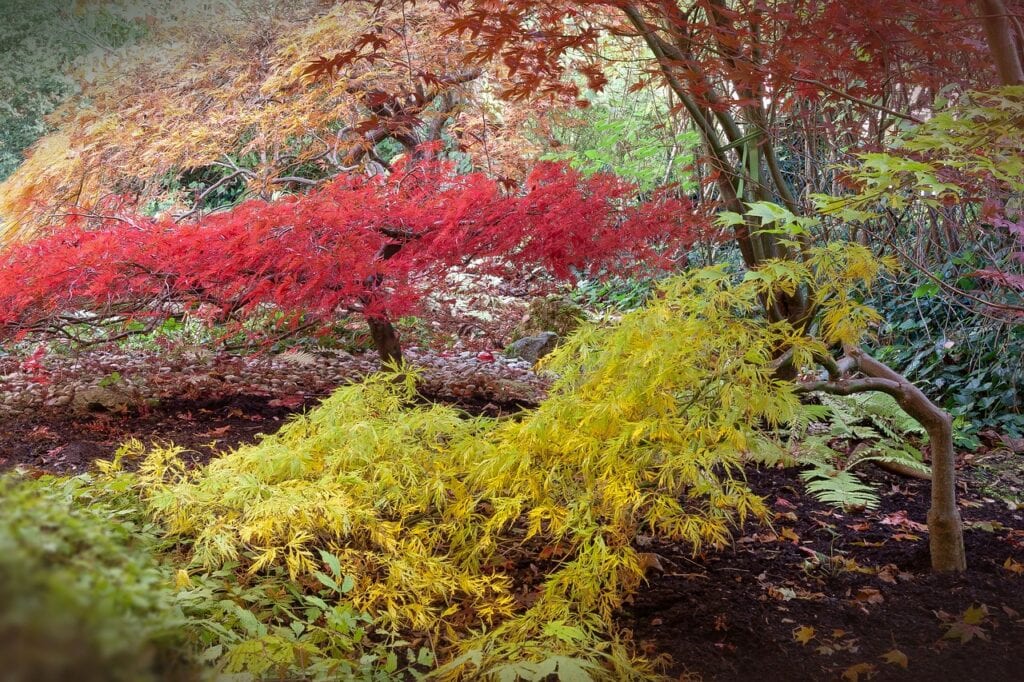

Conclusion
As you may have gathered, Japanese Maples are easy to grow and are adaptable to most soil types. However, ensure that the soil is well draining. You can opt to use soil mixes retailing from your local garden center or local nursery. If a suitable one for your Japanese maples is unavailable, you can always opt to make your own potting mix.
By following our potting recipe, you should be well on your way to creating a potting mix that will allow your trees to thrive and transform your landscape. Have fun gardening!
Featured Image Credit: LP2 Studio, Shutterstock
Contents

